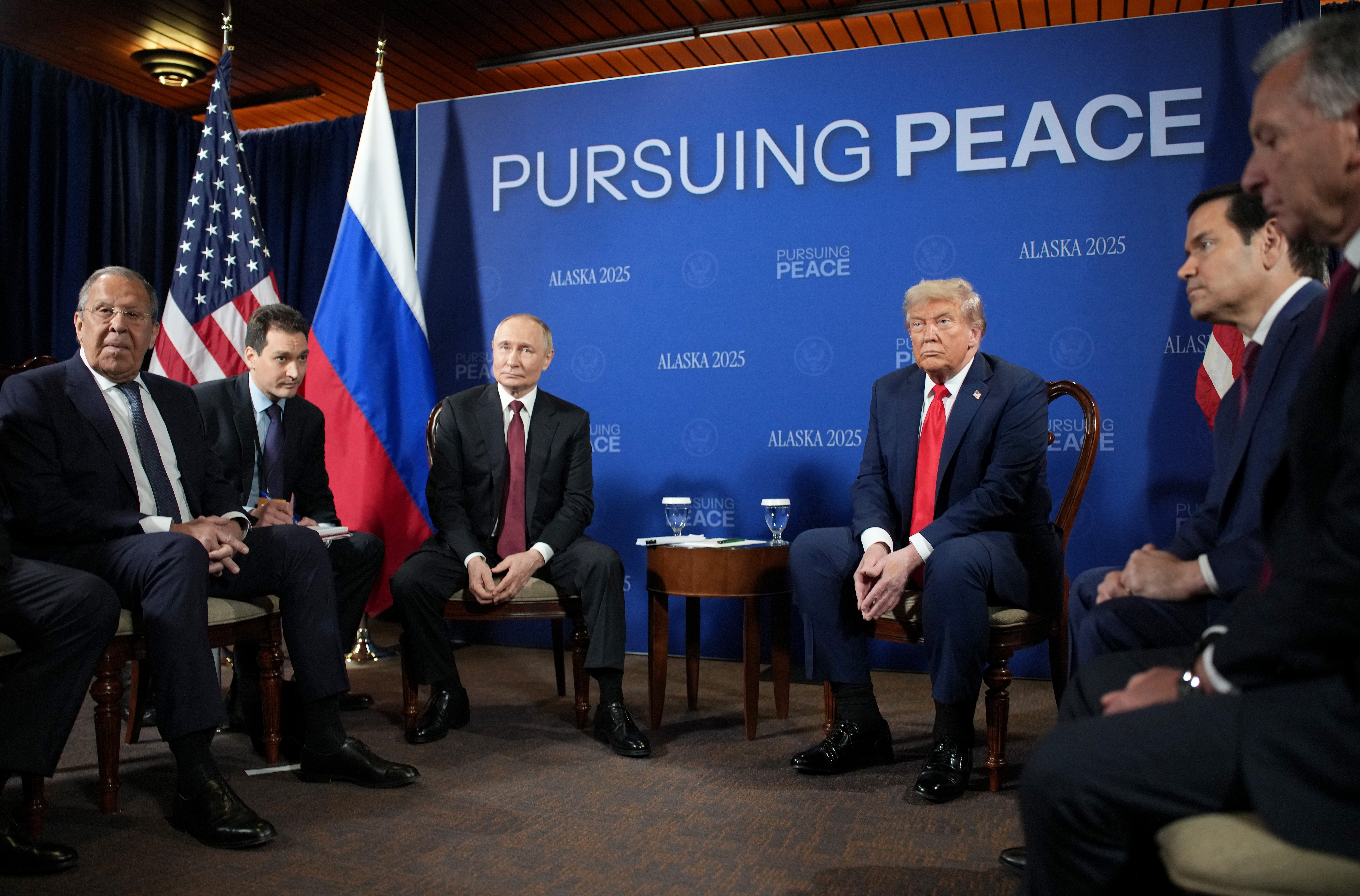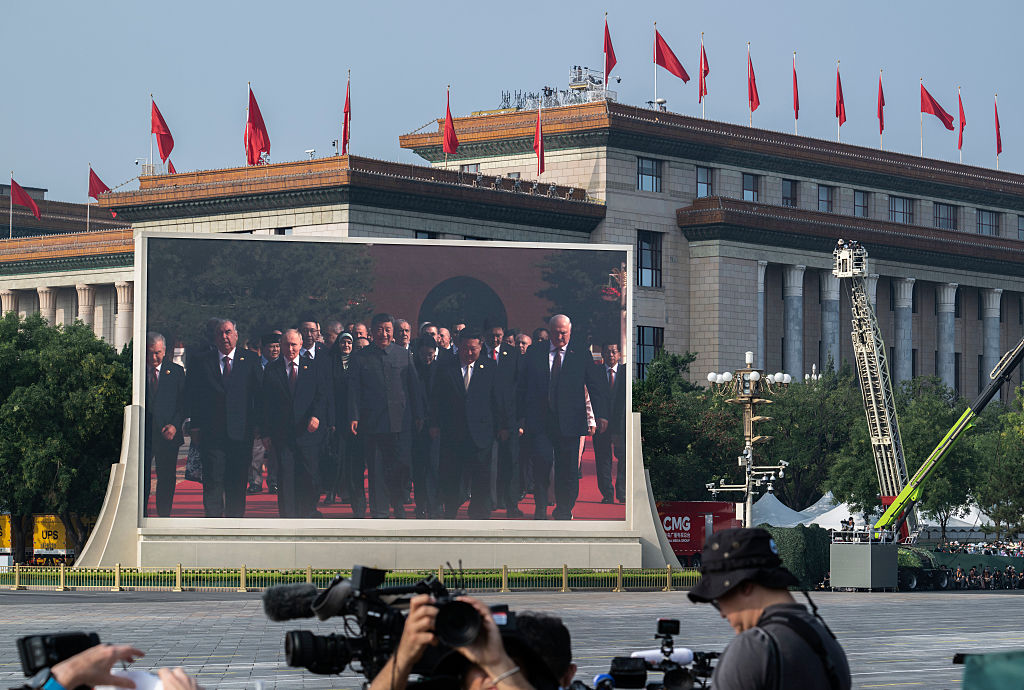Ingushetia Resembles a Dormant Volcano of Problems
Ingushetia Resembles a Dormant Volcano of Problems
Recent events in Ingushetia, the smallest republic of the North Caucasus, have forced observers not to discount the Ingush armed resistance’s capabilities. In 2011, there were 108 casualties in the ongoing conflict in Ingushetia, including 70 dead and 38 injured. That was three times fewer casualties than in 2010, when Emir Magas was still leading the insurgency in the republic. However, since the start of 2012 and as of June 17, some 25 people have been killed in the conflict, with 30 wounded and up to 10 kidnapped (www.kavkaz-uzel.ru/articles/122475). The militants suffered the greatest number of casualties – 18 killed and 8 wounded. Four civilians were killed and 11 injured in the same period, during which 20 explosions took place, including cases in which IEDs detonated as attempts were being made to defuse them. So even though the head of Ingushetia, Yunus-Bek Yevkurov, has taken credit for the reduction in tensions in 2011 compared to 2010 (www.interfax-russia.ru/South/exclusives.asp?id=322783), comparing 2012 to 2011 will unlikely be so beneficial to Yevkurov’s reputation.
Tensions in Ingushetia are growing against the backdrop of a sharp drop in Yevkurov’s approval rating. In a poll by the independent Caucasian magazine Dosh, over 93 percent of the respondents expressed distrust in Yevkurov’s policies (https://dosh.rsf.org/, 2012:2). This indicates the total distrust on the part of Ingushetia’s residents of the republic’s leader, who was appointed by Moscow. Even Yevkurov’s acknowledgement of police involvement in abductions of civilians in Ingushetia (www.georgiatimes.info/news/72228.html) has not reversed the people’s negative attitude toward him.
Attempts to conceal facts that have become common knowledge testify to the unhealthy climate inside Yevkurov’s administration. On July 17, three people died in a car crash in which Yevkurov’s motorcade was involved, yet the Ingush leader’s press service tried to shield the republican administration by blaming the incident on the road patrol police (https://magas.su/tera/vlasti-ingushetii-dtp-zhertvami-kotorogo-stali-troe-popala-mashina-gai-kortezh-evkurova). The very next day, July 18, the Russian Interior Ministry confirmed that Yevkurov’s motorcade caused the car crash, not a road police car (https://ingushetiyaru.org/news/23105.html).
Regular reports about former rebel supporters being discovered among Ingushetia’s police have also contributed to the rising distrust of the republican authorities (www.novayagazeta.ru/inquests/23071.html). On July 12, FSB (Federal Security Service) and Interior Ministry forces killed one person and arrested four in a joint operation near the village of Ekazhevo in Ingushetia. Three out of four of those arrested were police officers (https://06.mvd.ru/news/283373/). Those arrested were accused of financing Ingushetia’s militants.
To counter the rebels, the authorities in Ingushetia in September 2011 set up their own commission for adapting former militants to civilian life modeled on a similar commission established by the Chechen government. However, the effectiveness of the commission is in question. During the nearly one year of its existence, it has only made statements about the need to work preventatively with potential rebel supporters. Apparently, there are far fewer rebels willing to surrender based upon the commission members’ word of honor than the republican authorities indicate. According to the secretary of Ingushetia’s security council, Ahmed Kotiev, 31 rebels surrendered during the past year, while the total number of rebels in the republic is 50 (https://chechnya.kavkaz-uzel.ru/articles/209583/). The authorities do not want to talk about those who allegedly surrendered to the authorities. For example, Kotiev asserted that Doku Umarov’s bodyguard had surrendered, but refused to say who this person was (https://lenta.ru/news/2012/07/10/bguard/). It is unknown who those 31 people are. All these barely substantiated statements by Ingushetia’s authorities are unreliable.
Against this background, of particular significance was the rebel attack on the commander of Ingushetia’s riot police (aka OMON), Hussein Toldiev. On the morning of July 17, a roadside bomb was detonated and shots were fired while Toldiev’s car was passing by. The police commander was in his bodyguards’ car, which probably saved Toldiev’s life, as his car was damaged (https://kavkasia.net/Russia/2012/1342584760.php). Reports on the day of the attack said the IED contained about 500 grams of TNT. Officials said later that the IED contained 20 kilograms of TNT, thereby increasing it by a factor of 40. It was unclear how there could have been no casualties in such a large blast. Earlier, on June 4, a similar roadside bombing took place in Ingushetia as police cars were passing by, but no one was hurt in that attack (www.kavkaz-uzel.ru/articles/207632/).
At night on July 20, unidentified assailants attacked police officers and a former tax police chief’s house, using grenade launchers. Attacks took place in the city of Nazran and village of Nesterovskaya at midnight. Four police officers were wounded (https://ingushetia.kavkaz-uzel.ru/articles/210056/). At the same time, two assailants reportedly fired shots with automatic rifles and grenade launchers at the local railway station and subsequently fled (www.interfax.ru/news.asp?id=256713).
At noon on July 21, on the very next day after the series of midnight attacks, a military convoy was attacked with grenade launchers between the villages of Dattykh and Galashki in Ingushetia’s Sunzha district. The attackers launched the assault from their hideout in the nearby forest. Two servicemen died and two more were wounded in the assault (www.ria.ru/incidents/20120722/706366197.html). It is noteworthy that this attack took place in broad daylight and on a busy highway, signifying a high activity rate of the rebels in the summer period.
The situation in Ingushetia is far from stable, and, after a long period of reorganization following the June 2010 capture of the leader of the Ingush jamaat, Emir Magas, the insurgency appears to be mounting a modest comeback. Instability in the republic is persistent as regional authorities are unable to defeat the militants despite the Russian security services’ capture of Magas. Signs point to the militants continuing to regroup. Furthermore, the likelihood that the militants will strengthen is much higher than the republican authorities are willing to admit – rebel sympathizers can still be found in the ranks of the local police, a signal that the militants continue to retain support in the local security structures, which is integral to running an effective insurgency. Meanwhile, local officials continue to make glowing statements for Moscow’s consumption, but the realities on the ground present a different reality.


